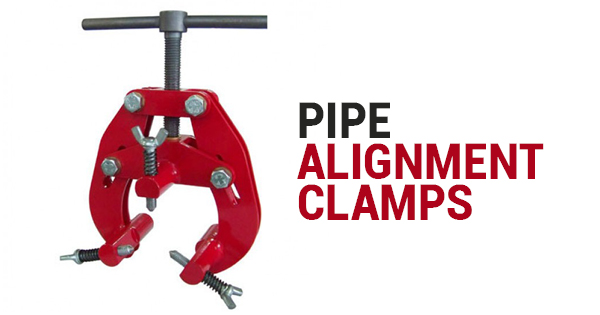What Are Pipe Alignment Clamps And What Do They Do For You?

Every year, companies lose thousands of dollars because they continue to use old-fashioned methods to align pipes and fittings. These labor costs occur when a company uses weld-on lugs, hydraulic bottle jacks, or ratchet cable pullers to align pipe ends. Businesses and welding contractors should not have to pay for losses in productivity or to have their products rejected if they fail alignment criteria.
To save welding companies and contractors money in the alignment process, specialty pipe alignment tools should be used. Using tools like pipe alignment clamps, which can act similarly to plate clamps in holding the metal steady for the weld, should be standard practice. However, these pipe alignment tools can be more complex than your typical vertical plate lifting clamps.
Many Types of Alignment Clamps
There are five different types of pipe alignment clamps on the market. These include chain, cage, precision, hydraulic, and pneumatic clamps. Altogether they cover every aspect of the pipe alignment, fitting, and reforming needs of welding companies. Whether for a small tube or a large vessel, a clamp is available to suit your needs. In addition to their size availability, these pipe alignment tools also come suited for a variety of purposes, including but not limited to:
- To align and reform the mating side of welding joints.
- To align and reform both sides of welding joints.
- To align and reform tubes, pipes, elbows, tees, and other fittings.
- To hold pipes in position in case of an orbital weld.
- For carbon steel, stainless steel, or any other specialty alloys.
You should consider your needs when you’re looking into purchasing these welding clamps. Look at what products or materials you specialize in, and what their dimensions are, and think about what type of pipe alignment tools you could use. Some of the points that you should consider are:
- Diameter of the pipe.
- Pipe wall thickness.
- Tensile strength of the metal.
- Material of the pipe.
- The alignment and reforming need.
If you have questions about the specific benefits of each of these pipe alignment tools and how they would work with your specific product, contact us. We will be happy to discuss the details in depth with you.

